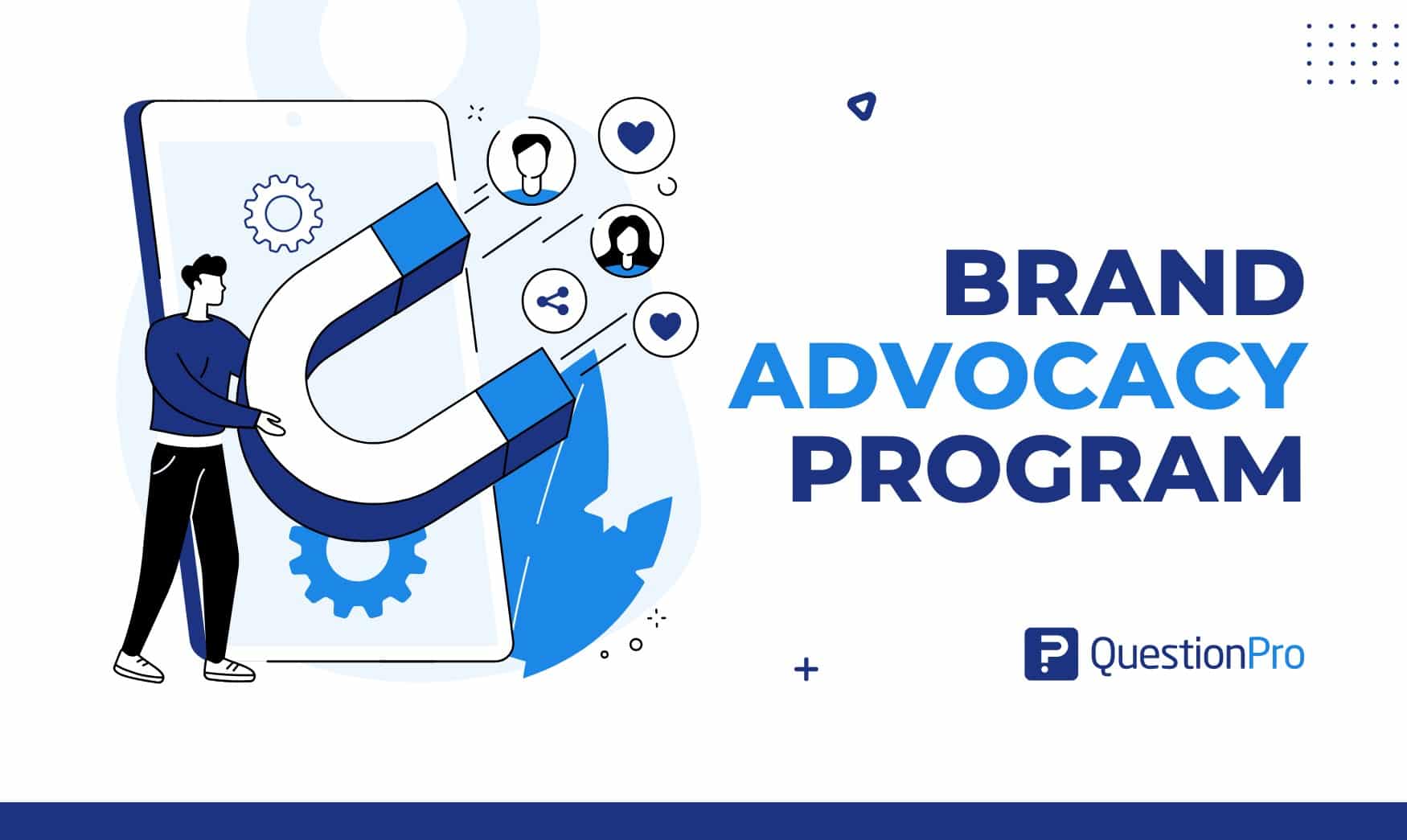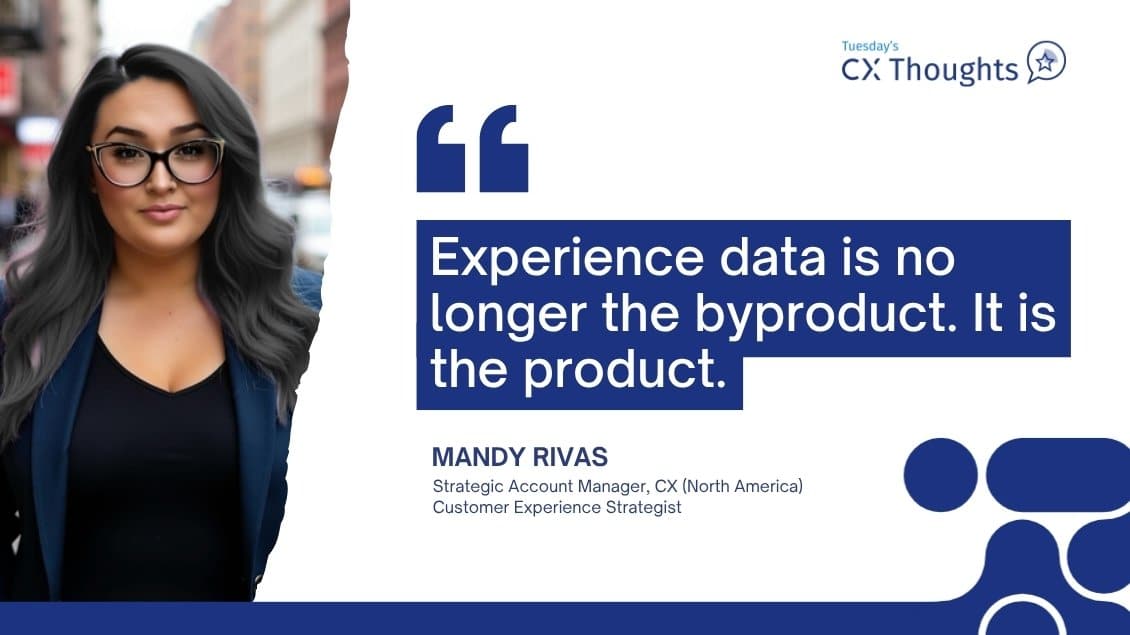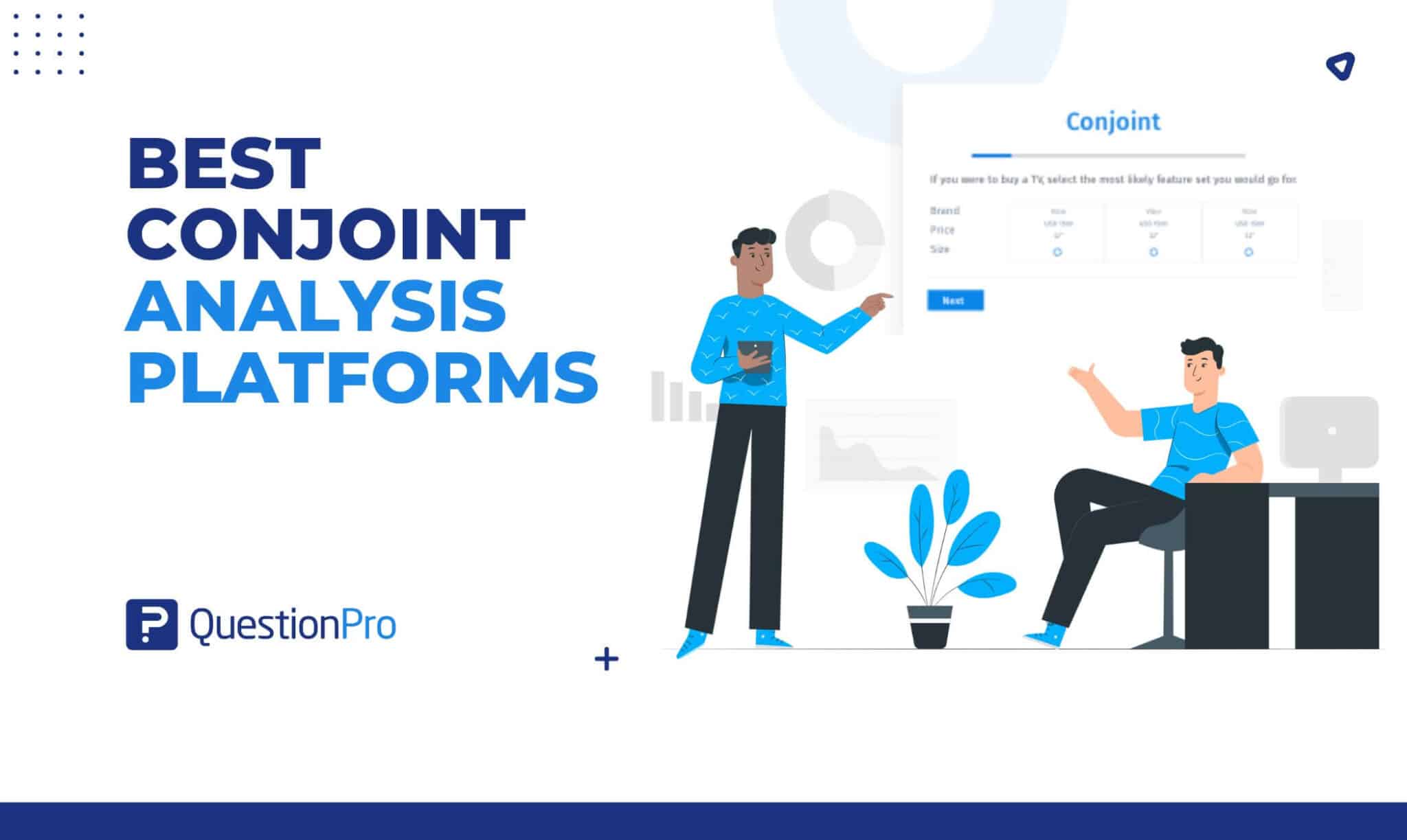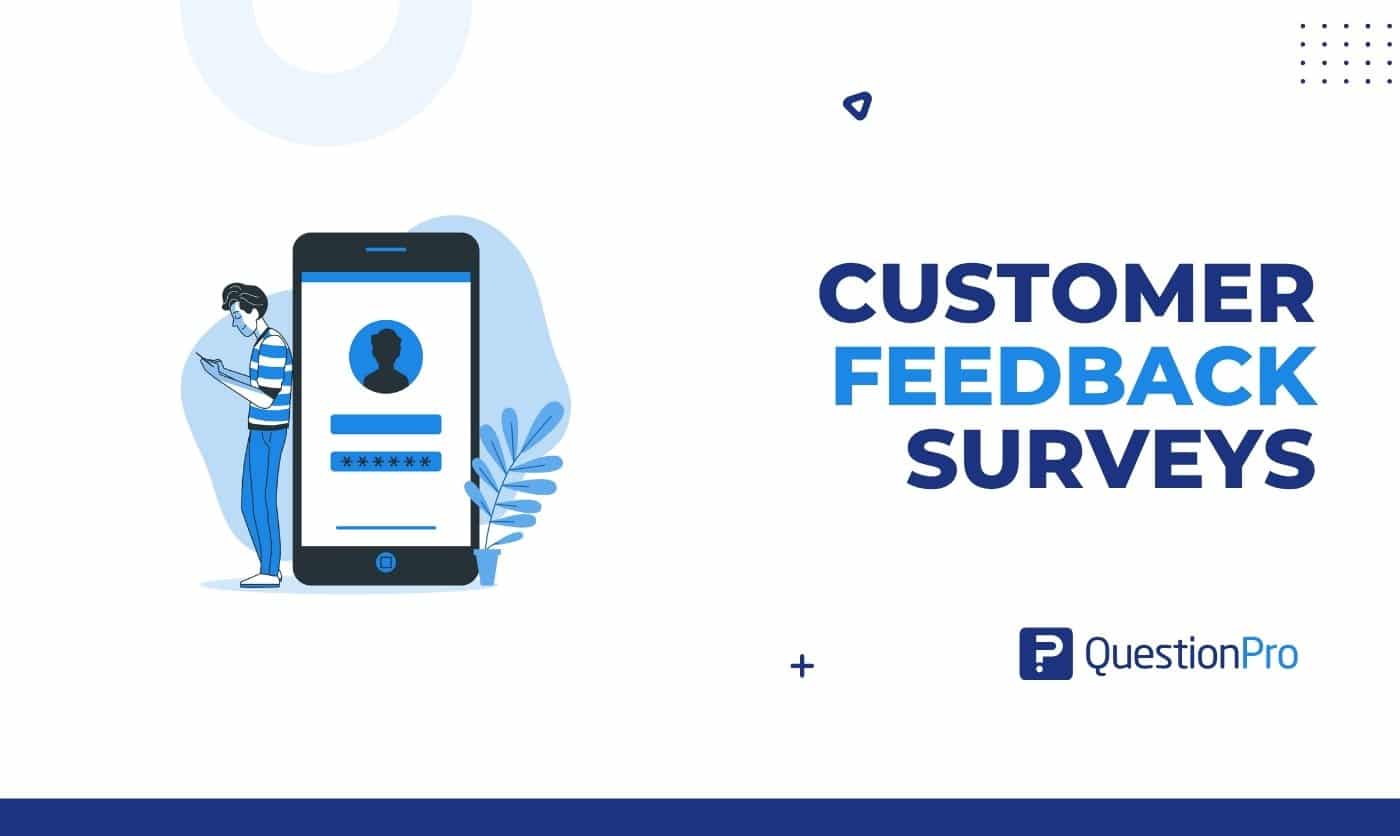
You buy a product, love it so much that you can’t stop talking about it, and eventually, your friends and family start buying it, too. That is brand advocacy in action. Now, imagine if a company could turn this natural love into a structured program – that’s a brand advocacy program!
In simple terms, it’s like having a team of excited fans who willingly share their love for your brand with others. They could be customers, employees, or just people who genuinely enjoy what you offer.
In this blog, we’ll break down what a brand advocacy program is and show you how to build one step by step.
What is a Brand Advocacy Program?
Brand advocacy refers to a brand’s positive support and promotion by its customers, employees, or other stakeholders. A brand advocacy program is a strategic initiative designed to identify, engage, and empower individuals or groups who are enthusiastic supporters of a brand.
The goal is to turn satisfied customers into active advocates who promote the brand to their networks. A well-executed brand advocacy program can leverage the power of word-of-mouth marketing, social media, and other channels to enhance a brand’s reputation and increase its reach.
Brand advocacy programs are not limited to customers; employees, partners, and other stakeholders can also play crucial roles as advocates. Companies can amplify their marketing efforts by fostering a community of passionate supporters and building a strong, positive brand image.
Why is it Important to Do a Brand Advocacy Program?
Implementing a brand advocacy program is important for several reasons, as it can bring about a range of benefits for a business. Here are some key reasons why brand advocacy campaigns are considered crucial:
Word-of-Mouth Marketing
Advocates are more likely to share their positive experiences with others, leading to organic and authentic word-of-mouth marketing. Recommendations from friends, family, or colleagues often carry more weight and credibility than traditional advertising.
Increased Reach and Awareness
Advocates can significantly expand a brand’s reach by sharing their positive experiences on social media, in person, or through other communication channels. This helps increase brand awareness and exposure to a wider audience.
Trust and Credibility
Recommendations from satisfied customers or loyal employees contribute to building trust and credibility for a brand. People are more likely to trust the opinions of those who have had firsthand experiences with a product or service.
Cost-Effective Marketing
Brand advocacy can be a cost-effective marketing strategy compared to traditional advertising. Leveraging the existing customer base to spread positive messages requires less investment and often yields high returns.
Customer Retention
Engaging with and recognizing loyal customers through advocacy programs can enhance customer retention. When customers feel valued and appreciated, they are more likely to continue their relationship with the brand.
Competitive Advantage
A strong advocacy program can provide a competitive edge by creating a community of passionate supporters. This can differentiate a brand from its competitors and position it as a preferred choice in the market.
Feedback and Improvement
Advocates often provide valuable feedback based on their experiences with the brand. This feedback can be used for continuous improvement. It helps the company address concerns, refine products or services, and enhance overall customer satisfaction.
Employee Advocacy program
In addition to customer advocacy, involving employees as brand advocates can have a positive impact on internal morale and external perception. Employees who are proud of their workplace and its products or services can contribute to a positive brand image.
How to Build a Brand Advocacy Program?
Building a successful brand advocacy program involves careful planning, engagement strategies, and ongoing efforts to nurture relationships with your advocates. Here’s a step-by-step guide to help you create an effective brand advocacy program:
Step 1: Know Your Customer
To kick off your brand advocacy program, figure out what makes your brand special to your customers. It might be your top-notch products, outstanding services, or that personal touch that sets you apart. Listen to what your customers are saying; both the good and the not-so-good— and use their feedback to understand what they love about your brand.
Step 2: Build Relationships
Creating strong, personal connections with your customers is like planting seeds for a flourishing garden of brand advocates. According to the experts, customers referred by other customers are more loyal and spend more. So, how do you make these connections? Engage with your customers on social media, respond to their comments, and show them that you’re more than just a business wanting to make a sale. Be a friend, not just a seller.
Step 3: Surprise and Delight
People love surprises, and your customers are no different. Go above and beyond with your customer service to create memorable moments. Whether it’s a special discount, a VIP experience, or a simple personalized thank-you note, surprising your customers will make them want to come back and share their positive experiences with others.
Step 4: Make Your Advocates Heard
Make it easy for your fans to spread the word about your brand. Provide sharing options with your content so your customers can easily tell their friends and family about their favorite products. Share the positive things your customers say on your social media channels to reach even more people. And don’t forget to thank and reward your biggest fans for their support.
Step 5: Check if Your Plans Work
To make sure your brand advocacy program is on the right track, keep an eye on what’s happening. Who is talking about your brand? What are they saying, and where are they saying it? Use website analytics to understand when your customers are most engaged. This information will help you make smarter decisions and keep improving your program.
Step 6: Reward the Love
Show your appreciation by rewarding your most loyal customers. Create a special rewards program that recognizes their actions, whether it’s posting reviews, attending events, or making referrals. Make them feel like they’re part of an exclusive club with different levels of benefits, like being featured on your website, getting free brand swag, or even being invited to exclusive brand-sponsored events.
By following these simple steps, you’ll be on your way to creating a brand advocacy program that delights your customers and turns them into your brand’s biggest cheerleaders. Remember, it’s all about building relationships, surprising your fans, and making them feel valued.
How to Measure Brand Advocacy Program?
Measuring the success of your brand advocacy program is crucial to understanding its impact and making informed decisions for improvement. Here are key steps and metrics to help you effectively measure your brand advocacy program:
Net Promoter Score (NPS)
- What it is: NPS is a metric that gauges the willingness of customers to recommend a company’s products or services to others.
- How to measure: Conduct regular NPS surveys to assess the overall advocacy of your brand. Ask the simple question: “How likely are you to recommend our brand to a friend or colleague?” The responses categorize customers into Promoters, Passives, and Detractors.
Social Media Engagement
- What it is: Monitor the engagement levels on your social media platforms, including likes, comments, shares, and mentions.
- How to measure: Track the increase in social media interactions related to your brand. Analyze the sentiment of comments and the reach of shared content. Tools like social media analytics platforms can provide detailed insights.
Referral Program Participation
- What it is: Measure the number of customers participating in your referral program and the success of referral conversions.
- How to measure: Track the volume of referrals generated through your program. Analyze the conversion rates from referred leads to actual customers. Assess the impact of the referral program on sales and customer acquisition.
Customer Reviews and Testimonials
- What it is: Evaluate the quantity and quality of customer reviews and testimonials.
- How to measure: Monitor online review platforms, customer testimonials on your website, and other feedback channels. Assess the sentiment, rating trends, and the frequency of positive reviews. A sudden increase in positive reviews can indicate advocacy.
Advocate Engagement and Participation
- What it is: Measure the level of engagement and participation of identified advocates in your program.
- How to measure: Track the activities of brand advocates, such as content sharing, participation in events, or contributions to user-generated content. Assess the growth in the number of active advocates and their impact on brand promotion.
Customer Surveys and Feedback
- What it is: Use surveys to gather feedback from customers directly about their advocacy behavior and sentiments.
- How to measure: Include specific questions in customer surveys related to brand advocacy. Ask about their likelihood to recommend, reasons for advocacy, and suggestions for improvement. Analyze the survey responses to understand the overall advocacy sentiment.
Website Analytics
- What it is: Assess website analytics to understand the impact of advocacy on website traffic and user behavior.
- How to measure: Monitor the sources of website traffic and the user journey. Check if there’s an increase in traffic from referral links, social media, or other advocacy-driven channels. Analyze conversion rates and user engagement metrics.
Sales and Revenue Growth
- What it is: Evaluate the impact of brand advocacy on sales and revenue generation.
- How to measure: Track the growth in sales attributed to advocacy efforts. Assess the correlation between advocacy activities (referrals, reviews, etc.) and revenue. Measure the lifetime value of customers acquired through advocacy channels.
By combining these metrics, businesses can gain a comprehensive understanding of the effectiveness of their brand advocacy program and make data-driven decisions for continuous improvement.
Are you looking for ways to better understand your customers? Check out QuestionPro’s latest blog discussing their Customer Insight Platform!
Examples of Brand Advocacy Programs
Brand advocacy programs are initiatives designed to encourage loyal customers and brand enthusiasts to actively promote and support a brand. These programs aim to leverage the passion and loyalty of existing customers to drive word-of-mouth marketing and build a positive brand image. Here are a few examples of brand advocacy programs:
Referral Program
Dropbox is known for its successful referral program. Users can invite friends to join Dropbox, and both the referrer and the new user receive additional storage space as a reward.
Customer Reviews and Testimonials
Companies often encourage customers to share their positive experiences through reviews and testimonials. Amazon, for instance, prompts customers to leave reviews for products they’ve purchased.
Exclusive Memberships
Some brands create exclusive membership programs that offer special perks and rewards to their most loyal customers. Sephora’s Beauty Insider program, for example, provides members with exclusive discounts, early access to products, and special events.
User-Generated Content (UGC) Campaigns
GoPro encourages its customers to share their action-packed videos and photos captured with GoPro cameras. The company often features the best user-generated content on its website and social media channels.
Coca-Cola’s “Share a Coke” campaign encouraged customers to share photos of Coke bottles with their names on social media using the hashtag #ShareACoke. This not only increased social media engagement but also created a sense of personal connection with the brand.
Advocacy Software Platforms
Brands can use advocacy software platforms like Influitive or Ambassador to create structured advocacy programs. These platforms enable brands to identify and reward their most passionate advocates, turning them into brand ambassadors.
How QuestionPro Helps in Creating Brand Advocacy Programs?
QuestionPro is a versatile survey and research platform that can play a crucial role in creating and enhancing a brand advocacy program. Here’s how QuestionPro can assist in building a robust brand advocacy platform:
1. Customer Feedback and Understanding
Utilize QuestionPro’s survey tools to collect valuable customer feedback. Understand what customers appreciate about your brand, their preferences, and the factors that contribute to customer loyalty. This information is essential for identifying potential brand advocates and tailoring your program to meet their needs.
2. Net Promoter Score (NPS) Surveys
Implement NPS surveys through QuestionPro to understand the likelihood of your customers recommending your brand to others. Identify promoters who are likely to become strong advocates. NPS surveys can help you segment your audience and focus your advocacy efforts on those who are most enthusiastic about your brand.
3. Employee Advocacy Surveys
Engage your employees in the brand advocacy process using QuestionPro’s survey features. Understand their perspectives on the brand, identify internal advocates, and gather insights on how employees can contribute to external brand advocacy efforts.
4. In-Depth Customer Surveys
Conduct in-depth surveys to get into the motivations, expectations, and experiences of your customers. QuestionPro allows you to design comprehensive surveys that uncover the specific aspects of your brand that resonate most with customers, aiding in the development of targeted advocacy strategies.
5. Social Media Monitoring and Feedback:
QuestionPro integrates with social media platforms, allowing you to monitor and analyze feedback and discussions related to your brand. This real-time insight helps identify potential advocates, understand sentiments, and respond promptly to customer interactions.
6. Advocate Recognition Surveys
Create surveys specifically designed to recognize and reward your brand advocates. Use QuestionPro to gather information on their preferences, interests, and the types of incentives that would motivate them. This data can inform the creation of personalized rewards within your advocacy program.
7. Track Advocacy Campaign Effectiveness
Implement surveys to measure brand advocacy campaigns. Use QuestionPro’s analytics tools to assess the impact of your initiatives. It helps to understand your messages’ reach and identify improvement areas.
8. Continuous Feedback Loops
Establish continuous feedback loops using QuestionPro to keep the communication channels open with your advocates. Regularly check in with them, seek their opinions, and adapt your advocacy strategies based on their feedback.
9. Data Analysis and Reporting
Utilize QuestionPro’s robust data analysis and reporting features to derive actionable insights from survey responses. Identify trends, preferences, and areas of improvement to refine your brand advocacy program continually.
Conclusion
Building a brand advocacy program is like turning customers into your brand’s fan club. It’s about creating real connections, surprising and delighting your customers, and celebrating the love they have for your brand.
QuestionPro emerges as a valuable companion in this journey. Its survey tools help businesses understand their customers and advocates better. Whether through Net Promoter Score (NPS) surveys, employee advocacy insights, or in-depth customer surveys, QuestionPro provides the means to gather actionable data for informed decision-making.
So, gear up because your advocates are out there, ready to share their excitement – all you have to do is build the stage!







